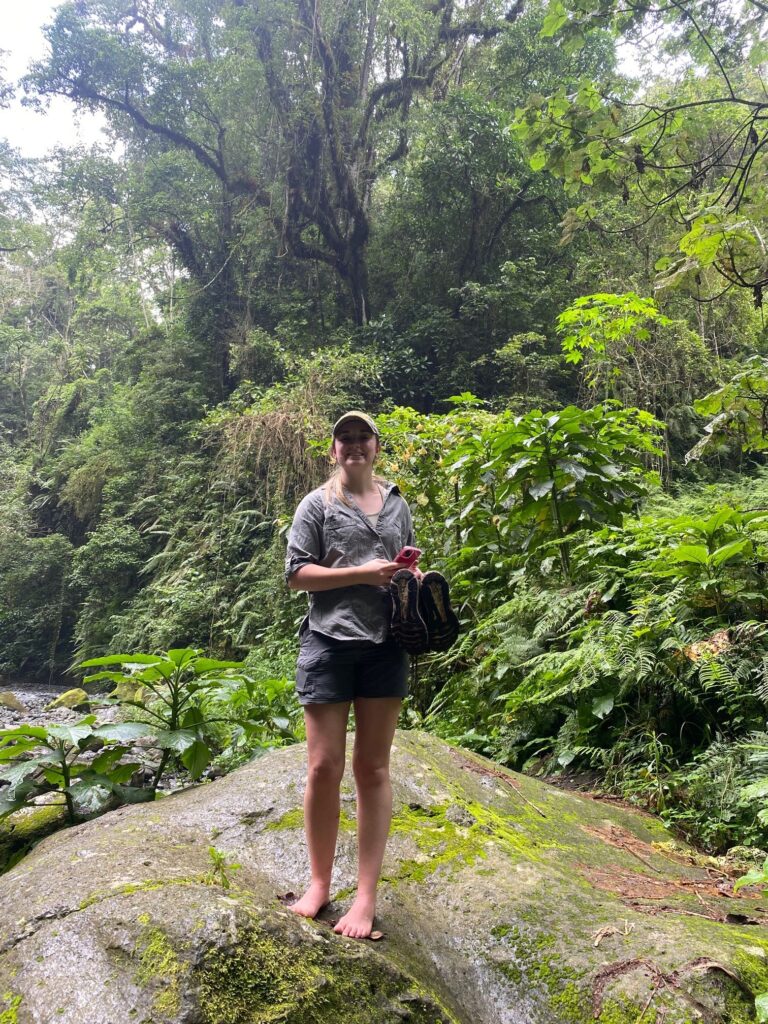
PhD focus: Restoration of riparian habitats on sugarcane plantations for bird diversity, bird – regulated ecosystem services and climate change mitigation and adaptation in rural tropical landscapes, Tanzania
Key research themes: riparian zone restoration, tropical ecosystems, biodiversity, landscape and freshwater connectivity, bird ecology
Project Synopsis
Land use change for agricultural intensification to meet increased food demands of a growing human population is one of the main drivers of habitat loss and fragmentation within tropical regions. This has led to heightened levels of biodiversity loss and adverse impacts to ecosystem functionality. However, high levels of agricultural productivity are considered fundamentally important to reducing poverty levels and ensuring food security, particularly in the rural areas of Sub-Saharan Africa. Riparian habitats, adjacent to rivers and freshwater channels traversing through farmed land and providing water for crops and human consumption, are subject to increasing degradation due to human encroachment and agricultural expansion. These habitats are transitional zones between aquatic and terrestrial areas and are considered important for maintaining both landscape and hydrological connectivity. These riparian zones are important, particularly within agricultural landscapes, due to the high levels of biodiversity that they maintain and for the range of important functions that they can provide, such as improving water quality and erosion control. Therefore, developing sustainable restoration of degraded riparian habitats that allows for high agricultural productivity whilst maintaining their functionality will be pertinent for ensuring positive outcomes for farming stakeholder groups, local community health and well-being and biodiversity.

My project focuses on riparian habitats in the Northern part of the Kilombero Valley, Tanzania, a human-modified landscape located within the Southern Agricultural Growth Corridor of Tanzania. This farming landscape comprises of large-scale intensive sugarcane farming and small-scale subsistence agriculture. The Valley includes a large freshwater floodplain which supports high levels of bird diversity. Here, there are several river systems traversing the landscape, these range from large rivers to small creeks and irrigation channels. Previous pilot studies have identified that the degradation of these water bodies is variable across the landscape. My research will aim to; (1) further our understanding of the influence of riparian zones to maintaining biodiversity and enhancing landscape and freshwater connectivity specifically within tropical agricultural landscapes at the global scale. (2) Use ecological and socio-economic data collected in a case study landscape to identify how degradation intersects with biodiversity and human-wellbeing and to inform restoration approaches (i.e., what species to plant and where?) if applicable, to maximise ecosystem-regulated services (i.e., pest control, flood risk mitigation), while mitigating against disservices (i.e., increased pest pressure). Finally, (3) the ecological and socio-economic evidence gained will feed into the development of a general restoration protocol and management interventions to be implemented within the study landscape, with the view to potentially scale these strategies to other tropical areas where agriculture is the dominant land use type
